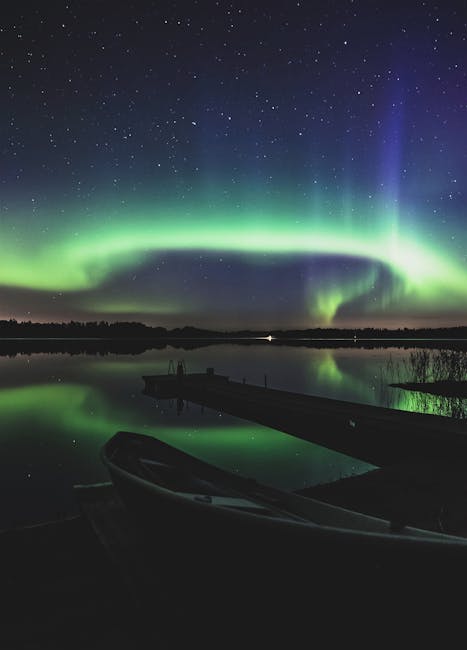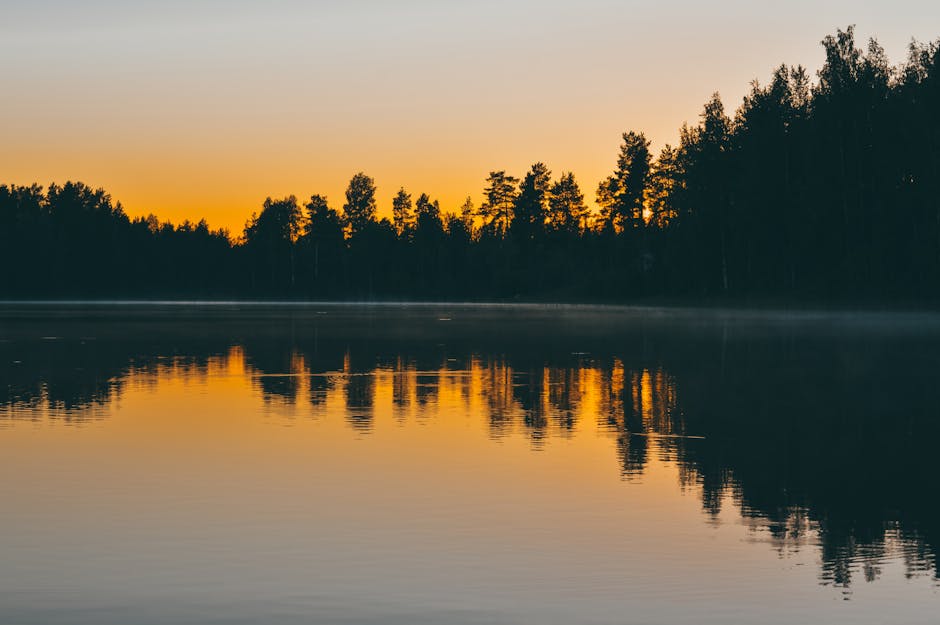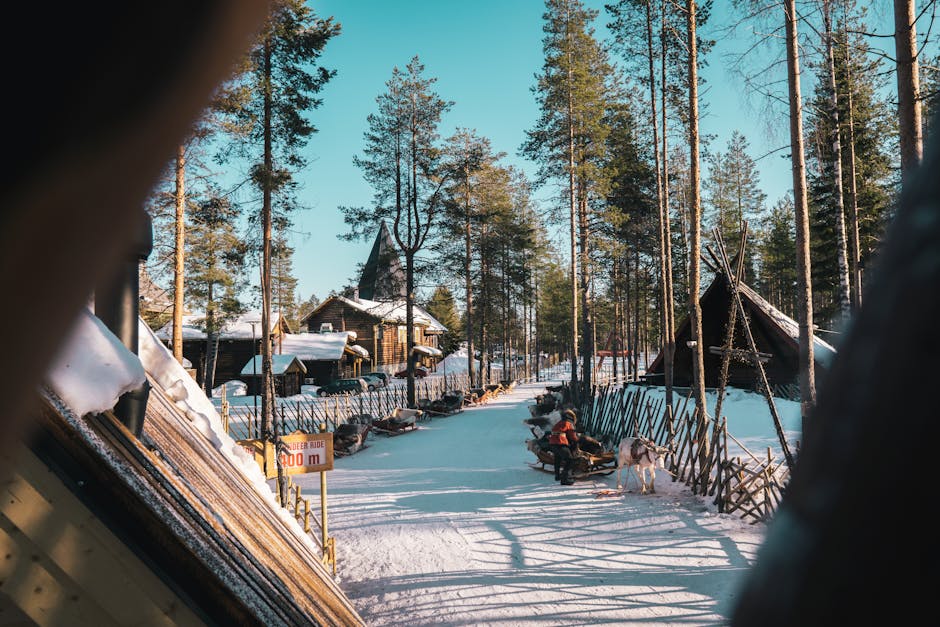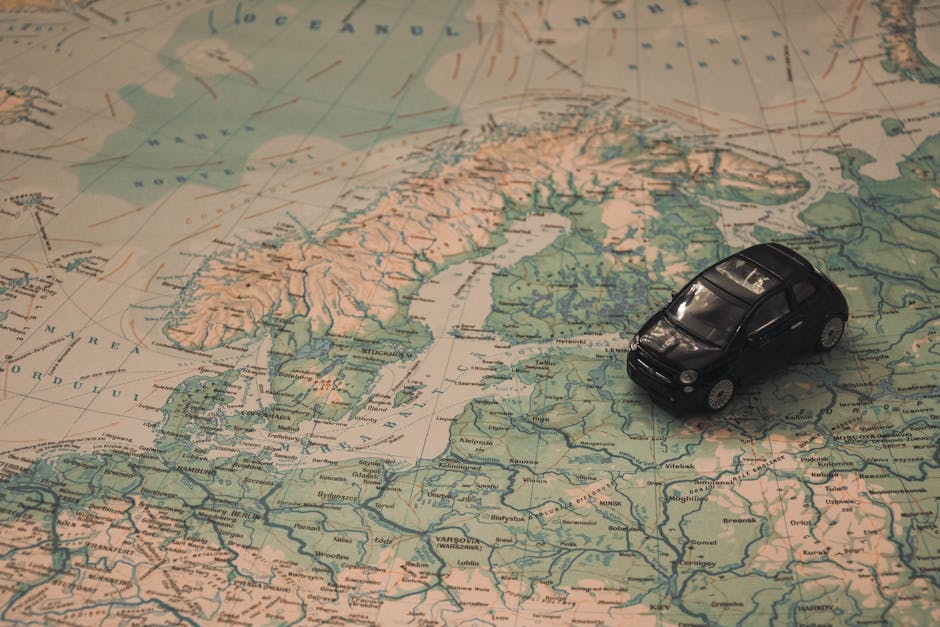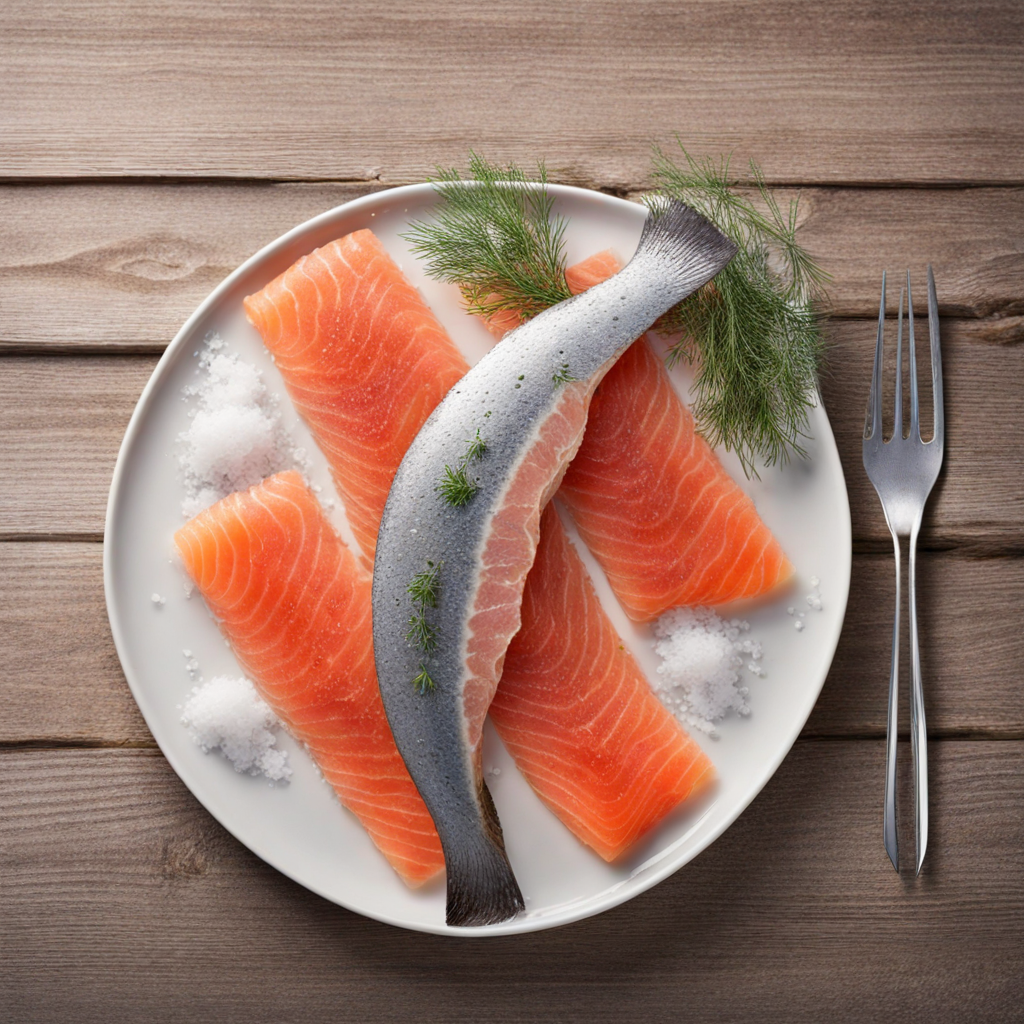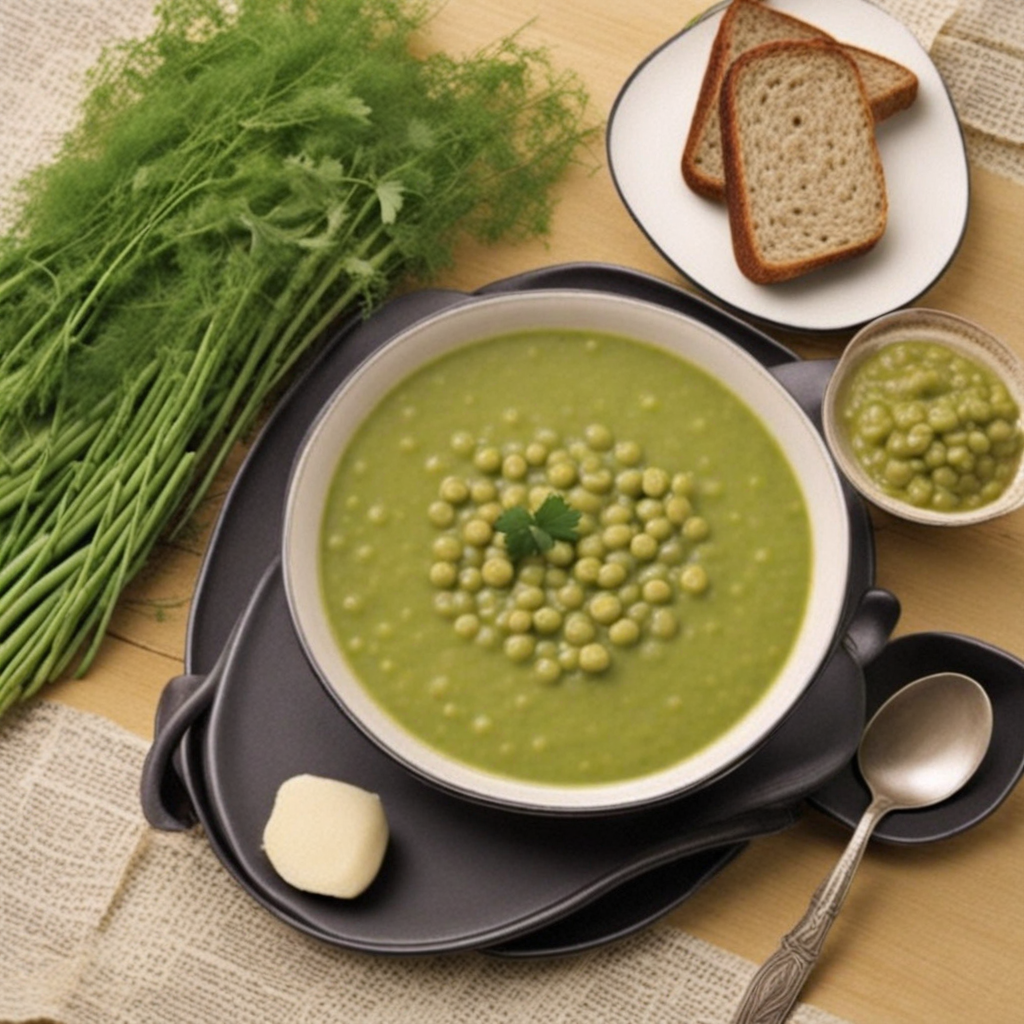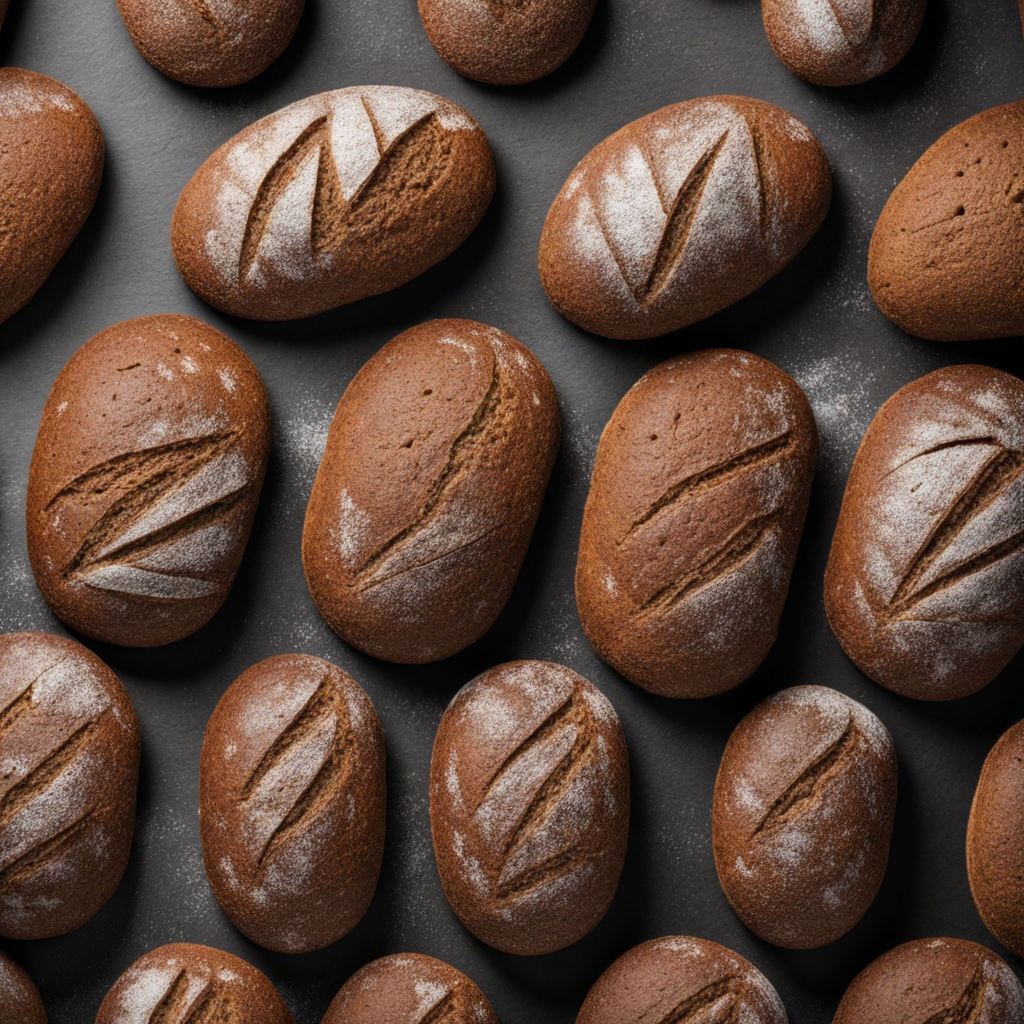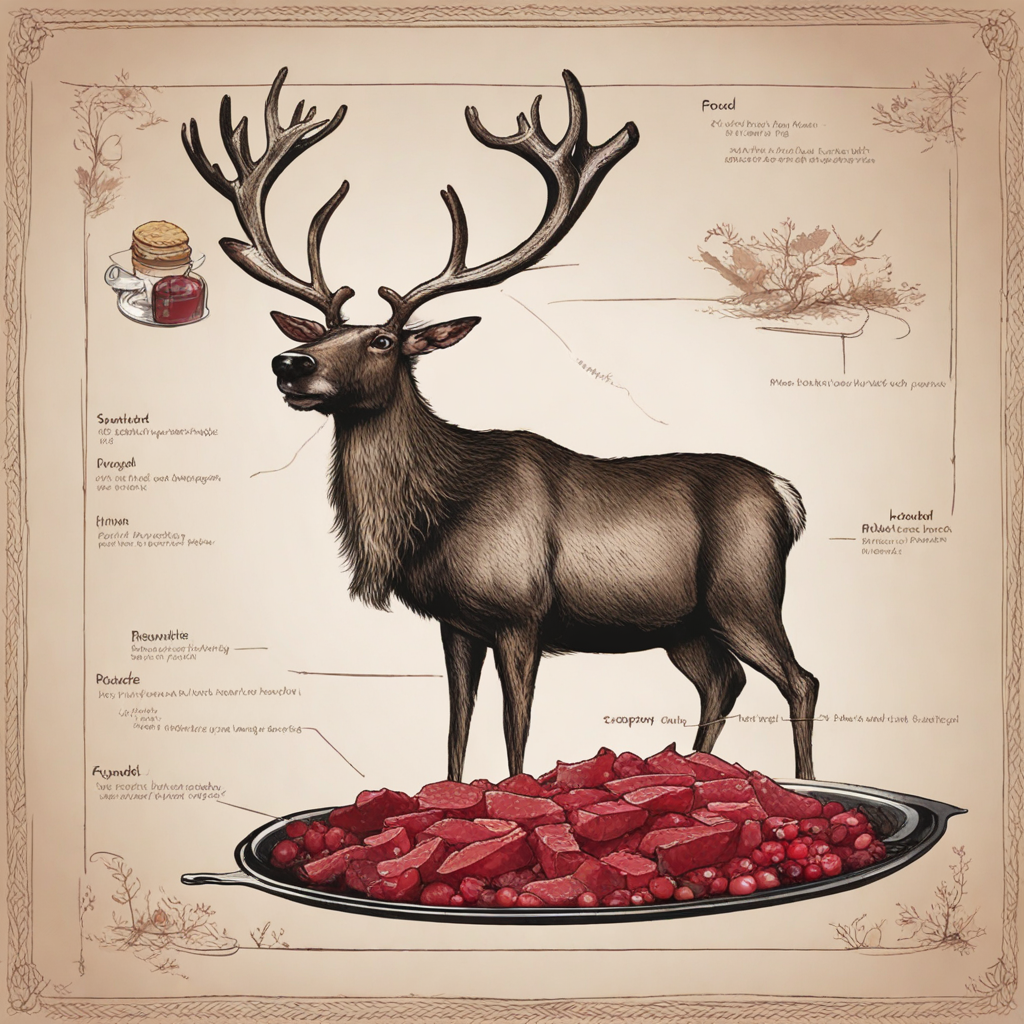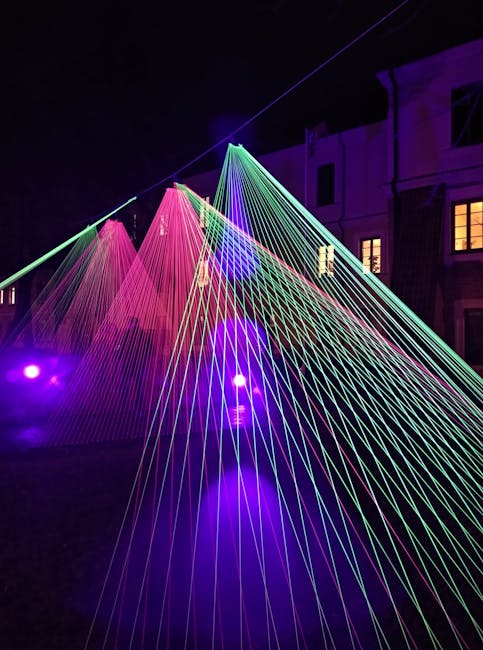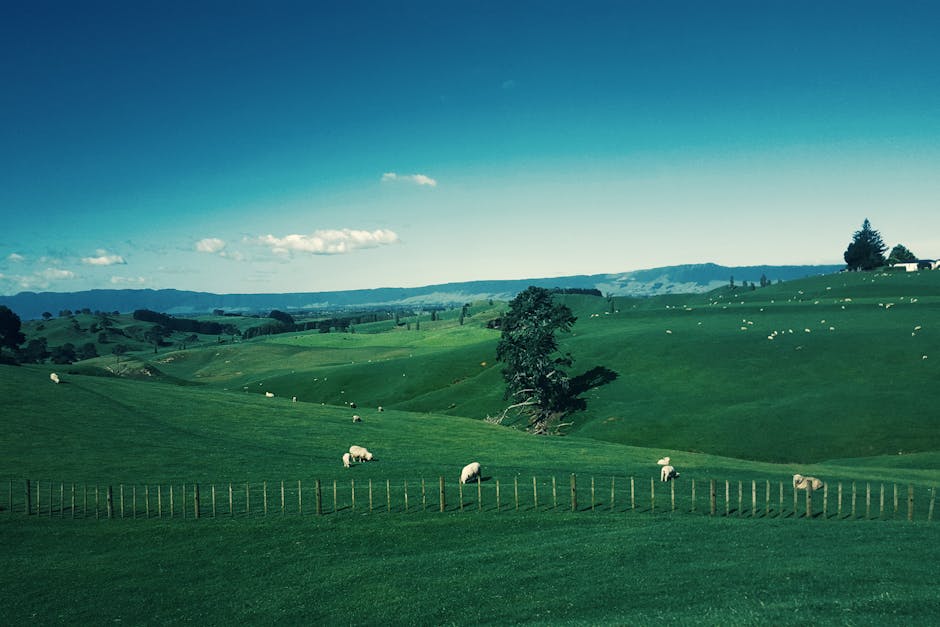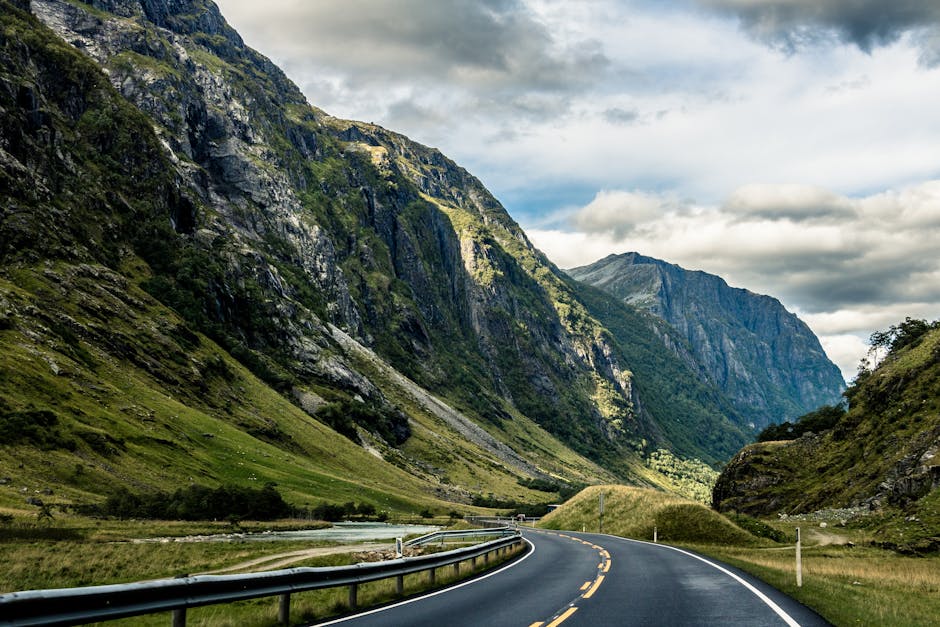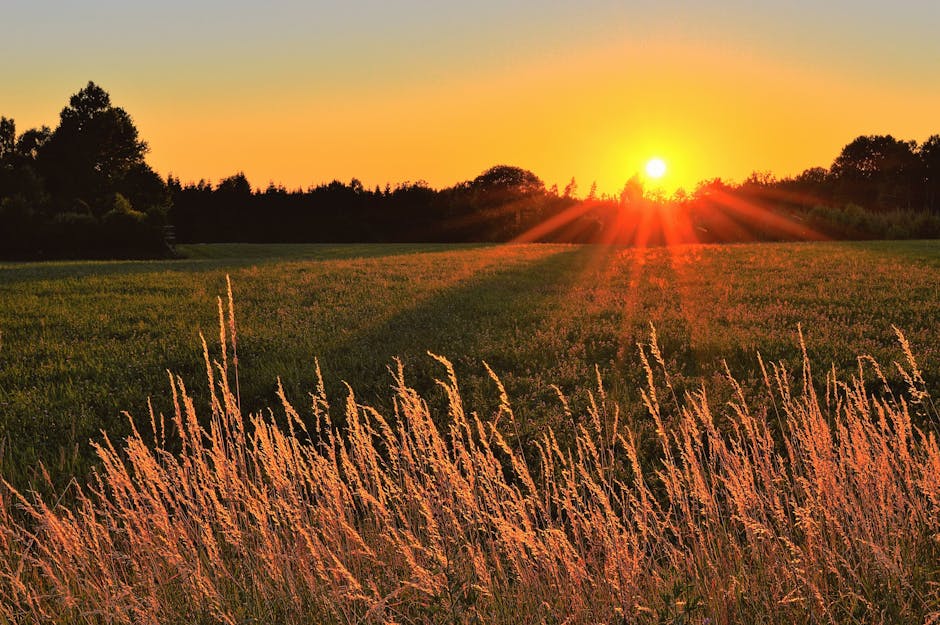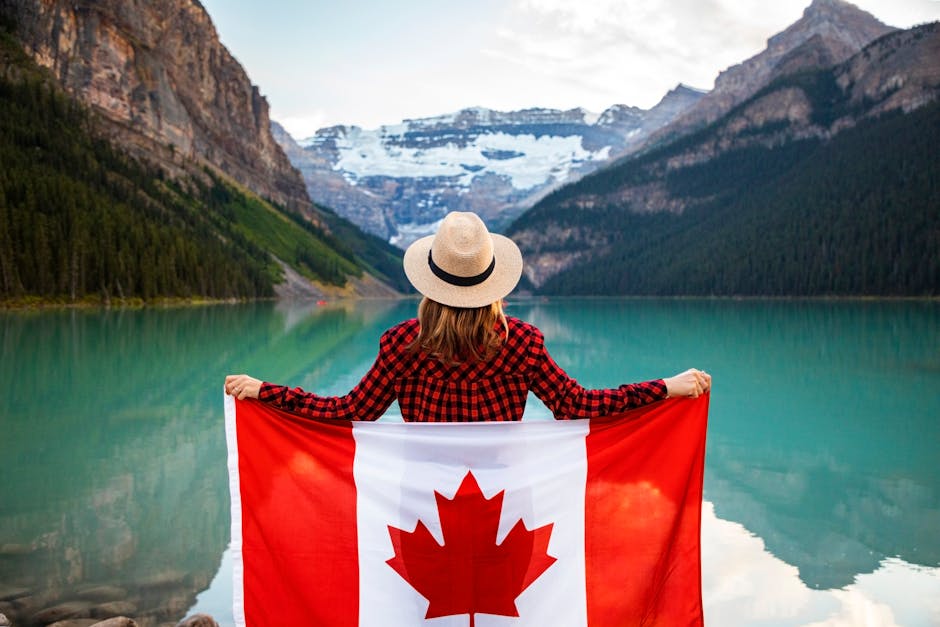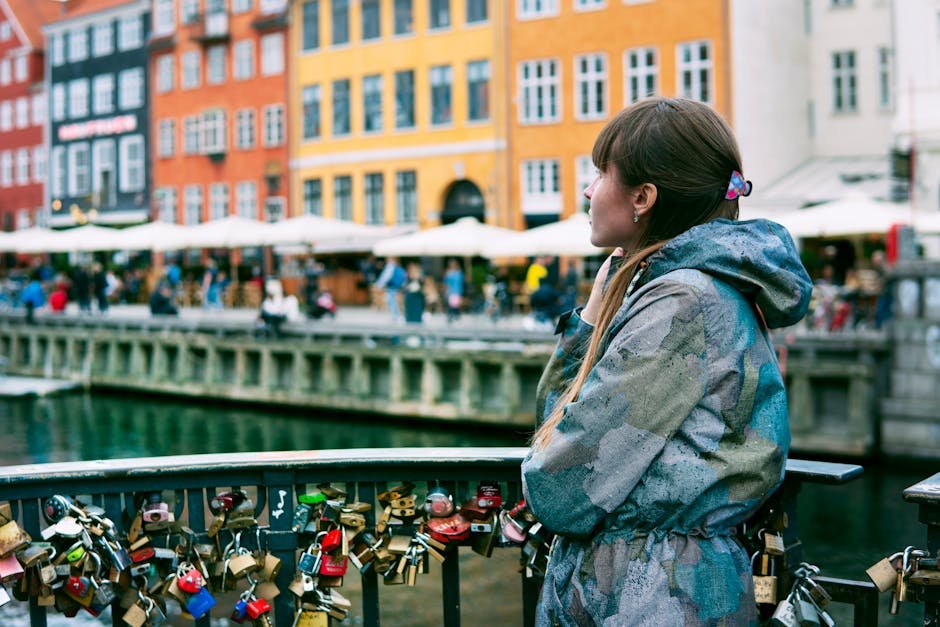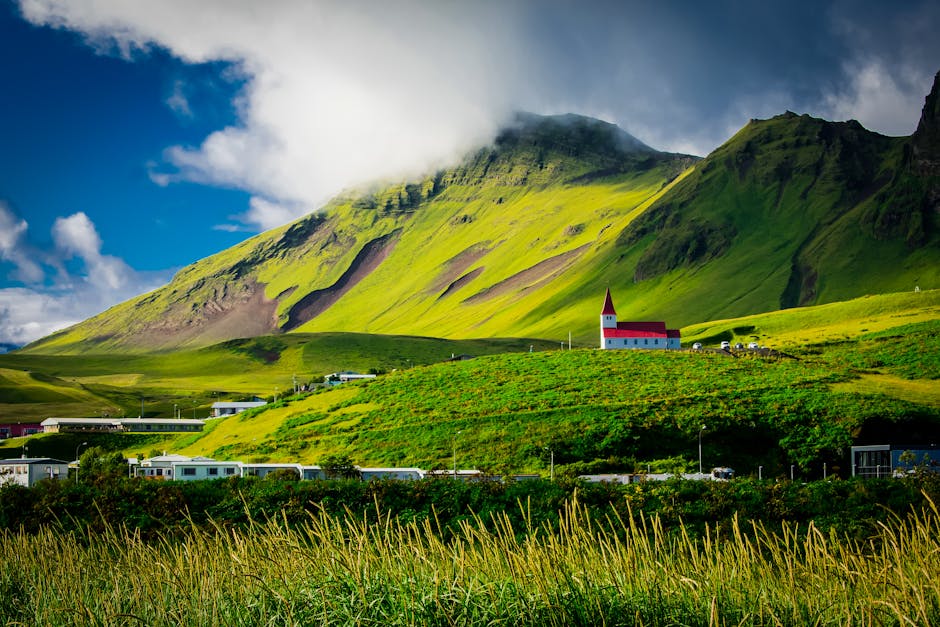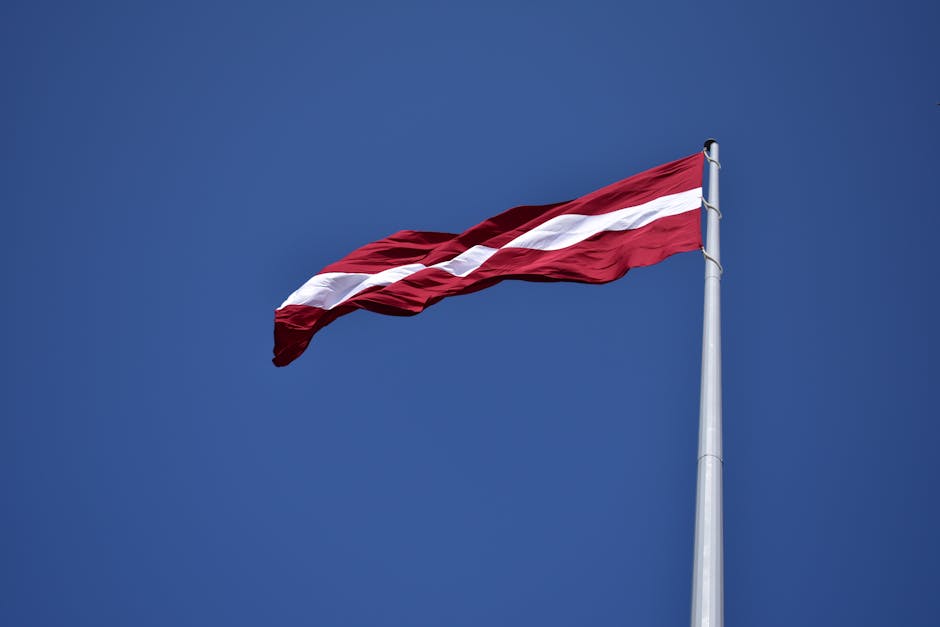Finland
Overview
Finland Overview
Firstly, Finland, officially known as the Republic of Finland, is a stunning Nordic country located in Northern Europe. It shares its borders with Sweden, Norway, Russia, and is also surrounded by the Baltic Sea. This beautiful country is known for its picturesque natural landscapes, including breathtaking lakes, extensive forests, and unique archipelagos. The Finnish culture is a blend of indigenous Sami, Swedish, and Russian influences. What sets Finland apart is its unique phenomena such as the midnight sun and the Northern Lights. Finland is also the home of Santa Claus, making it a magical destination for children and adults alike.
Best Time to Visit
Secondly, the best time to visit Finland is during the summer months of June through August when the weather is warm, averaging around 20°C (68°F), and the country experiences the phenomenon of the 'midnight sun', where the sun does not set at all in the northernmost parts. During this high season, tourists can indulge in a variety of activities such as hiking, cycling, and boating in the beautiful Finnish landscapes. Winter, particularly in December and February, also attracts many visitors who come to experience the Northern Lights, snowboarding, ice fishing, and husky sledding.
Travel Preparation
Lastly, before traveling to Finland, it's important to prepare accordingly. Finland is part of the Schengen area, so you will need to check if you require a visa to enter the country. The official languages are Finnish and Swedish, but English is widely spoken. The currency is the Euro (€), and credit cards are widely accepted. Finland is known for its cold weather, especially in winter, so pack your warm clothes, including thermal wear, waterproof boots, and winter accessories. Also, remember to pack a good-quality camera to capture the stunning landscapes, Northern Lights, and the midnight sun! Always have travel insurance and ensure you are up-to-date with routine vaccines before every trip.
A Glimpse into the Past
Finland, a Nordic jewel, boasts a rich tapestry of history that has shaped its unique identity. Nestled between Sweden and Russia, its strategic location has influenced its development through centuries. The earliest traces of human habitation date back to around 8500 BC, during the Stone Age, with evidence of hunter-gatherer communities utilizing the bountiful natural resources.
As time progressed, the Bronze Age (around 1500-500 BC) saw the emergence of more complex societies, with trade routes connecting Finland to other parts of Europe. The Iron Age followed, marked by the arrival of the Finnic peoples and the establishment of tribal societies. The archaeological site of Sarkkiranta, near the city of Oulu, showcases artifacts from this period, providing insight into early Finnish life.
In the early Middle Ages, around the 12th century, Finland became a focal point of conflict between Sweden and Russia. The Swedish Crusades initiated a period of Swedish rule, which would last for several centuries. The introduction of Christianity had a profound impact, with the establishment of churches and the spread of literacy. Notable sites like Turku Cathedral and the medieval town of Porvoo reflect this historical transition and are must-visit destinations for travelers.
The 16th century marked the Reformation, leading to significant changes in Finnish society and religious practices. This period also saw the rise of the Finnish language and culture, with notable figures such as the poet Elias Lönnrot, who compiled the Kalevala, Finland's national epic, in the 19th century. This literary work played a crucial role in fostering Finnish nationalism, a theme that would resonate throughout the country's history.
During the 17th century, Sweden's dominance in the region expanded, and Finland became an integral part of the Swedish Empire. The city of Vaasa, founded in 1606, emerged as a significant economic center during this time. However, the Great Northern War (1700-1721) would bring devastating consequences for Finland, as it was invaded by Russian forces. The war concluded with Finland becoming a part of the Russian Empire in 1809 after Sweden's defeat.
The 19th century was a period of awakening for Finnish nationalism. The Finnish War led to the establishment of the Grand Duchy of Finland, a semi-autonomous entity within the Russian Empire. This era also saw the proliferation of Finnish arts and literature, with the establishment of universities and cultural institutions. The National Museum of Finland in Helsinki showcases this vibrant period, preserving artifacts and stories that shaped the nation's identity.
Helsinki, the capital, was transformed during this time, particularly after it was designated the capital of the Grand Duchy in 1812. The city features stunning neoclassical architecture, with the Helsinki Cathedral standing as a symbol of the era. The influence of architect Carl Ludwig Engel is evident in the city’s design, making it a UNESCO World Heritage site.
The turn of the 20th century was marked by increasing demands for independence. The Finnish Parliament was established in 1906, allowing for greater self-governance. The socio-political climate culminated in Finland declaring independence from Russia on December 6, 1917. This momentous occasion is celebrated annually as Independence Day, a public holiday filled with traditions and festivities.
However, the path to stability was rocky. The Finnish Civil War in 1918 divided the country into "Reds" (socialists) and "Whites" (conservatives). The White forces emerged victorious, leading to a period of consolidation and nation-building. The Sibelius Academy and the works of composer Jean Sibelius are reflective of this era's cultural blossoming, with the composer’s iconic Finlandia serving as a national anthem of sorts.
The interwar period saw Finland navigating a delicate balance between the influences of the Soviet Union and the West. The Winter War (1939-1940) against the Soviet Union showcased Finnish resilience but also resulted in territorial losses. The Karelian Isthmus and parts of Lapland were ceded, yet Finland maintained its sovereignty and identity.
During World War II, Finland found itself aligned with Germany against the Soviet Union during the Continuation War (1941-1944). After the war, Finland pursued a policy of neutrality, which has continued into the 21st century. The post-war period was marked by reconstruction and the establishment of a welfare state, which fostered economic growth and social stability.
Today, Finland is known for its high quality of life, education system, and strong social welfare programs. The Sauna, an integral part of Finnish culture, symbolizes the country’s connection to nature and relaxation. Visitors can experience this tradition in various locations, including Helsinki’s Löyly or the serene lakeside saunas of Lapland.
Tourism in Finland has flourished, with attractions ranging from the stunning Northern Lights in Lapland to the vibrant urban life in Helsinki. The Archipelago Sea, dotted with thousands of islands, offers breathtaking landscapes and outdoor adventures, while the historical charm of Turku and Porvoo enchants visitors with their medieval roots.
The blue and white flag of Finland symbolizes the country’s connection to its natural landscape—the blue representing the lakes and the white for the snow that covers the land during winter. This harmonious relationship with nature is evident in the Finnish Lakeland, a region characterized by its thousands of lakes and lush forests, perfect for hiking, fishing, and boating.
In contemporary times, Finland has emerged as a leader in technology and innovation, with cities like Espoo housing major tech companies. The country’s commitment to sustainability and environmental preservation is evident in its policies and practices, making it a leader in green initiatives.
Traveling through Finland offers a glimpse into a nation that harmoniously blends its rich history with modernity. From the medieval streets of Porvoo to the bustling markets of Helsinki, visitors can immerse themselves in a culture that values both tradition and progress. The warmth of Finnish hospitality, coupled with a backdrop of stunning landscapes, makes Finland a remarkable destination for those seeking both adventure and cultural enrichment.
Top cities for tourists in Finland
Discover the Famous Cities That Might Captivate Your Interests
Must-Try Foods You Can't Afford to Miss
Indulge in a Variety of Fantastic Foods During Your Stay in Finland
May Be Your Next Destinations
People often choose these countries as their next destination


